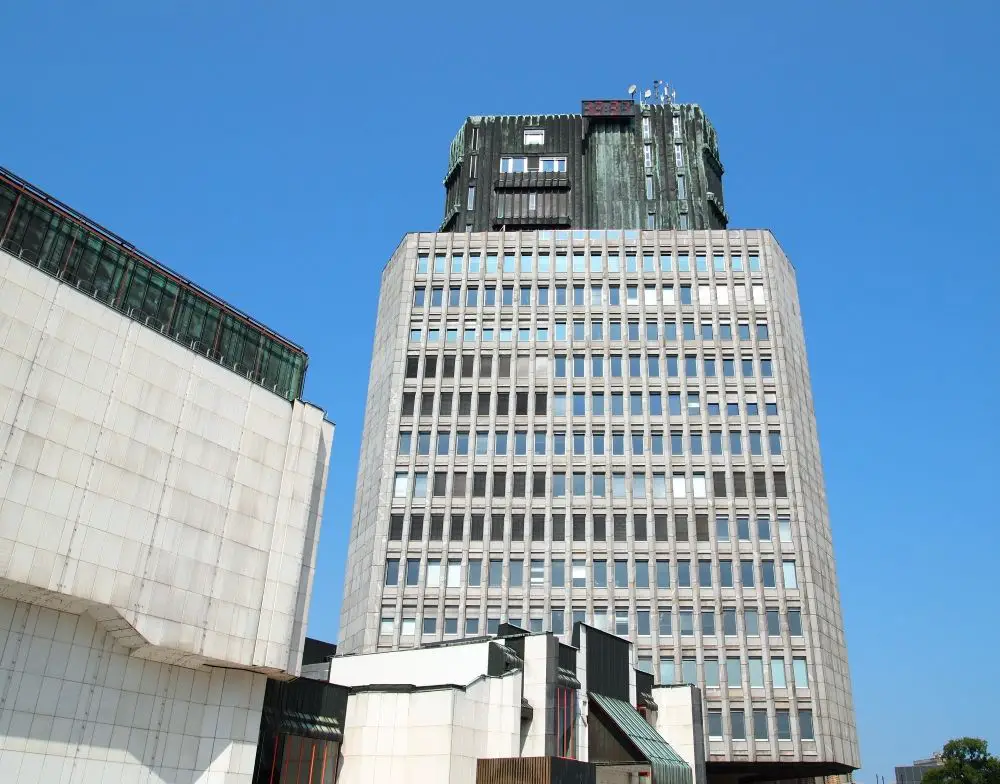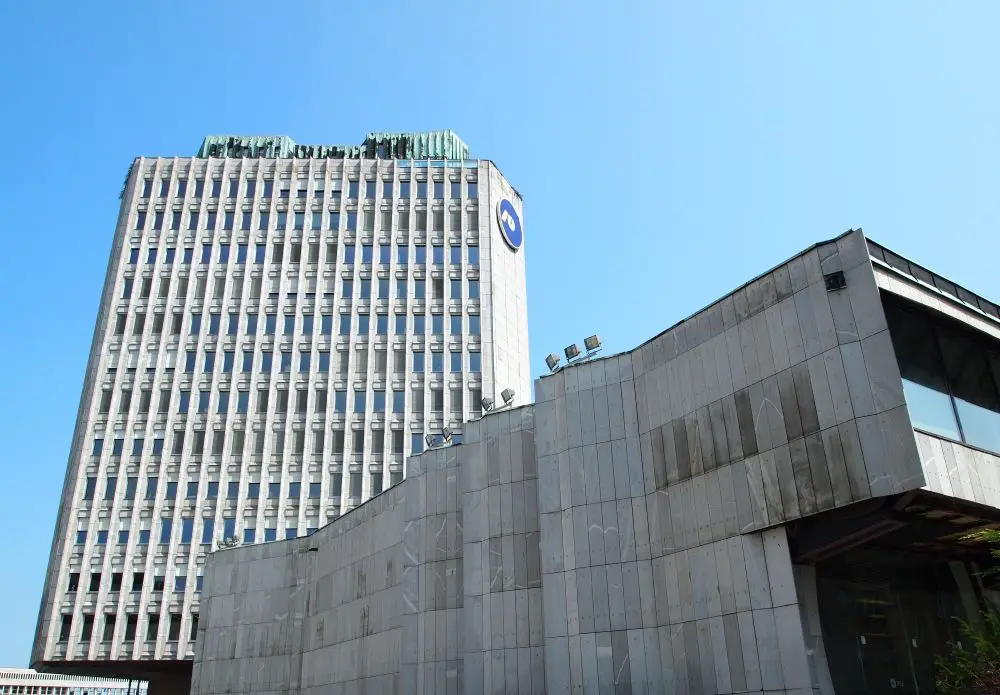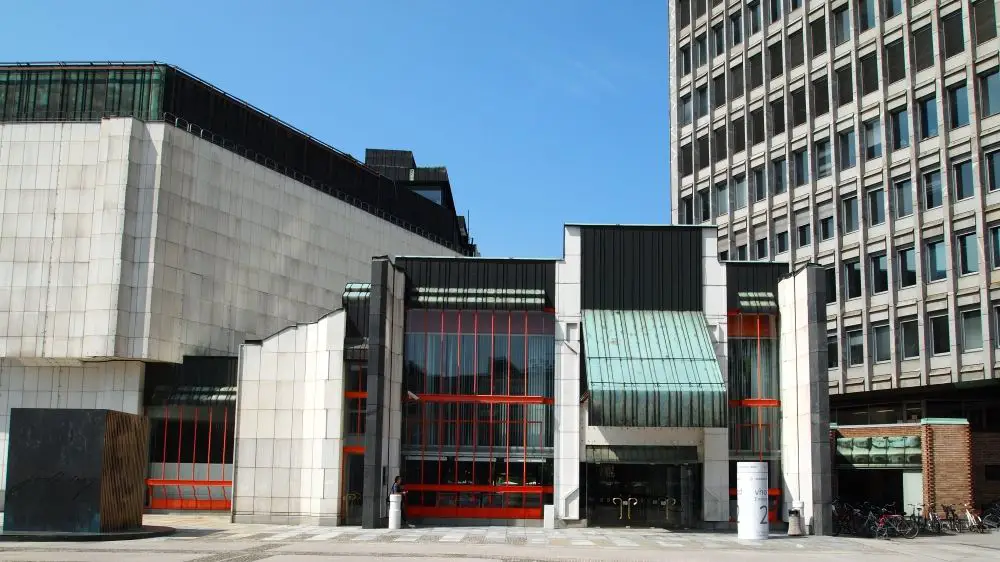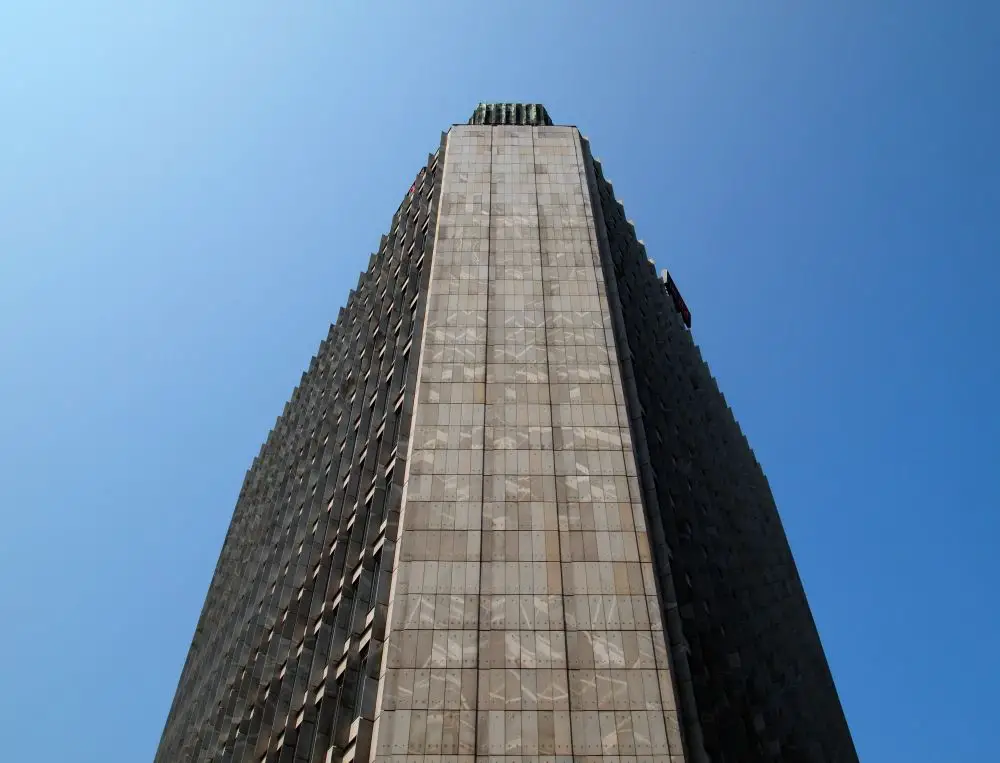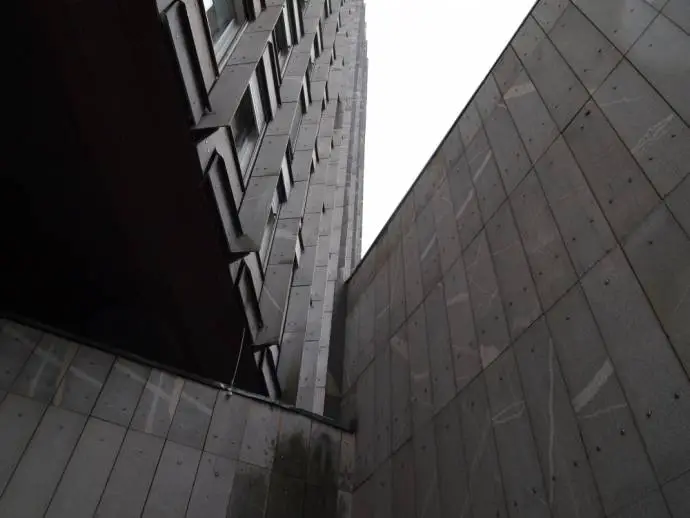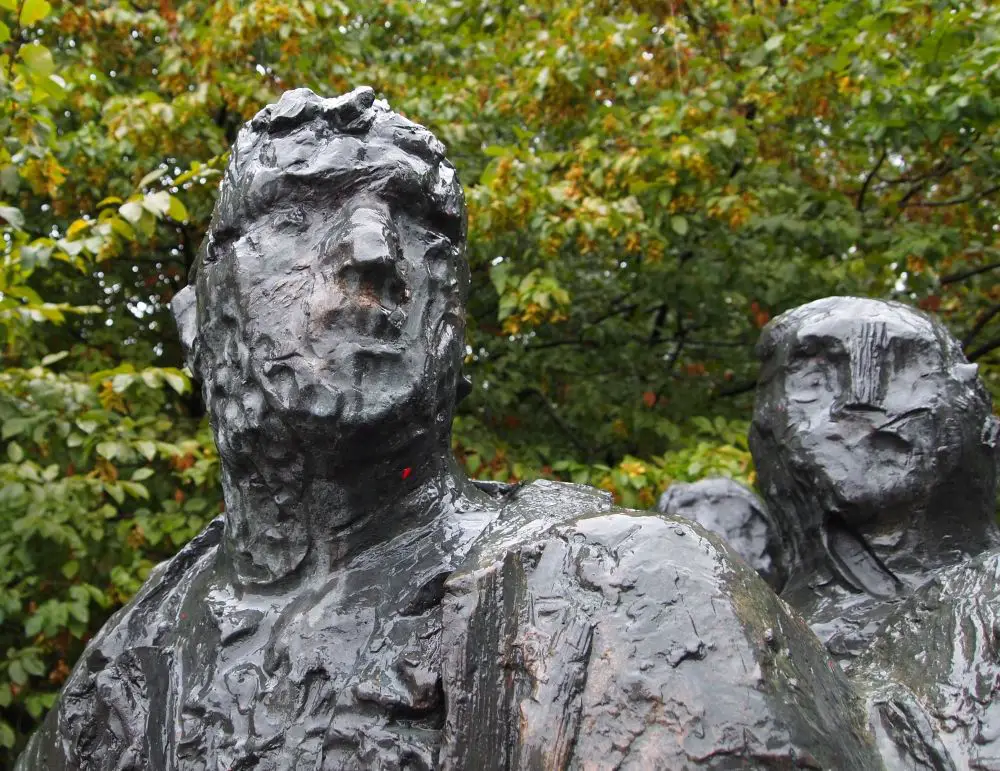While Prešeren Square or Congress Square/Zvezda Park can both make good claims to being “the heart” of the city, it’s Republic Square (Republike trg) that marks the centre of power and culture in the nation, with Parliament (Zgradba Državnega zbora) on side, Canker Hall (Cankerjev dom) on the other, and between them the wide, open space where President Milan Kučan declared Slovenian independence on June 26, 1991, ending an otherwise hopeful his speech with “Tonight, dreams are allowed. Tomorrow is another day,” with the next day indeed bringing tragedy.
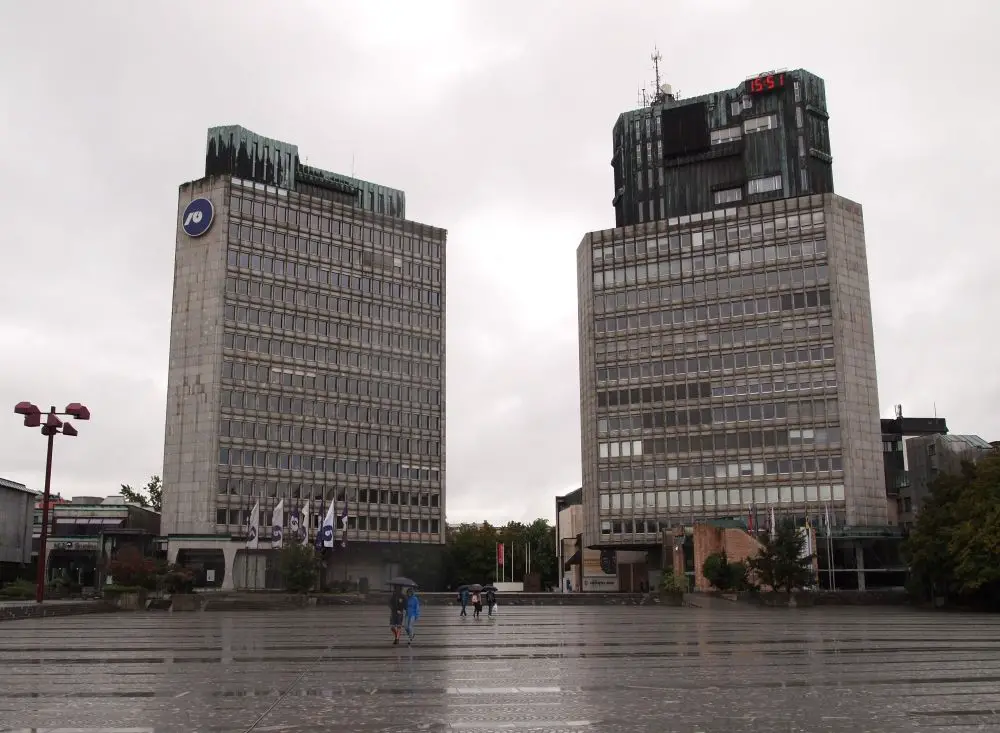
There are two towers in the square, the NLB Tower (built 1971) on the left, if you have Parliament at your back, and the TR3 (Trg republike 3) building on the right.
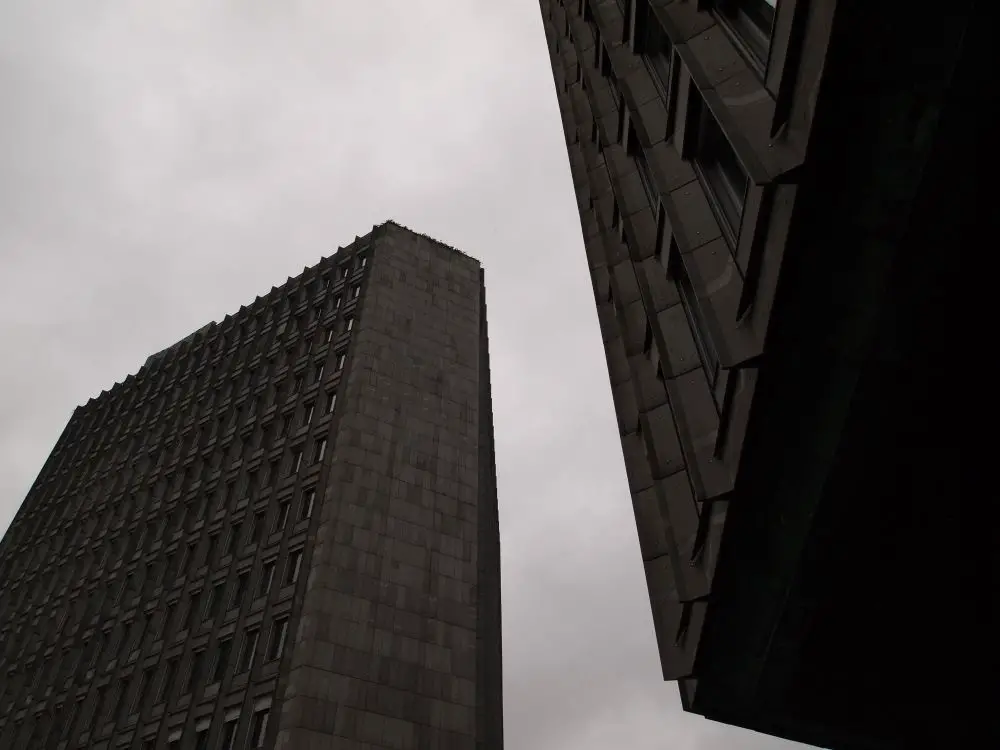
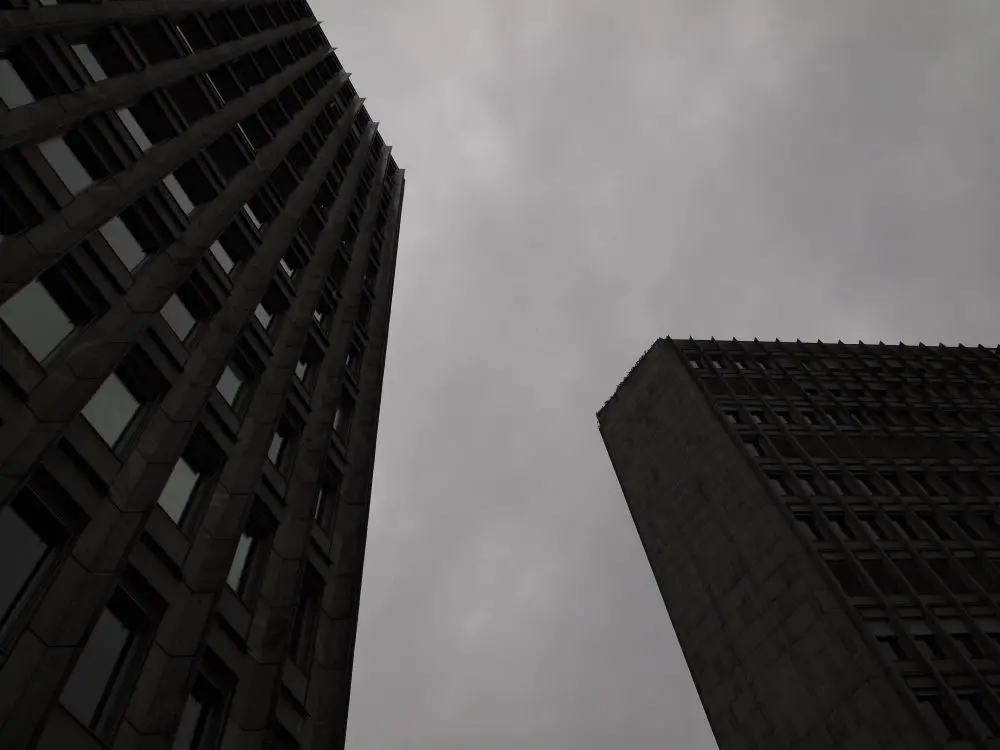
It was on June 27, 1991, that a Slovene, Toni Mrlak, along with a Macedonian, Bojanče Sibinovski, two members of the Yugoslav People’s Army, were flying a helicopter to Vrnika with a delivery of bread for the soldiers who were stationed there. But the men never arrived, as their helicopter was hit by two Strela 2M anti-air missiles fired from a terrace on top of TR3. As told by Matej Šurc in Patriotism for Sale:
The first rocket missed and landed without exploding next to the Gallery of Modern Art and the Serbian Orthodox Church, the second one hit the tail of the helicopter from a distance of 1,300 metres. The [helicopter] crashed 200 metres away from where it was hit – on the Rožina dolina road close to the railway.
The story continues for much longer than appropriate to recount here, but suffice to say that the incident was an important one, and certainly something to think about when looking up the building that now houses, among other things, the UK, Swiss and Japanese Embassies.
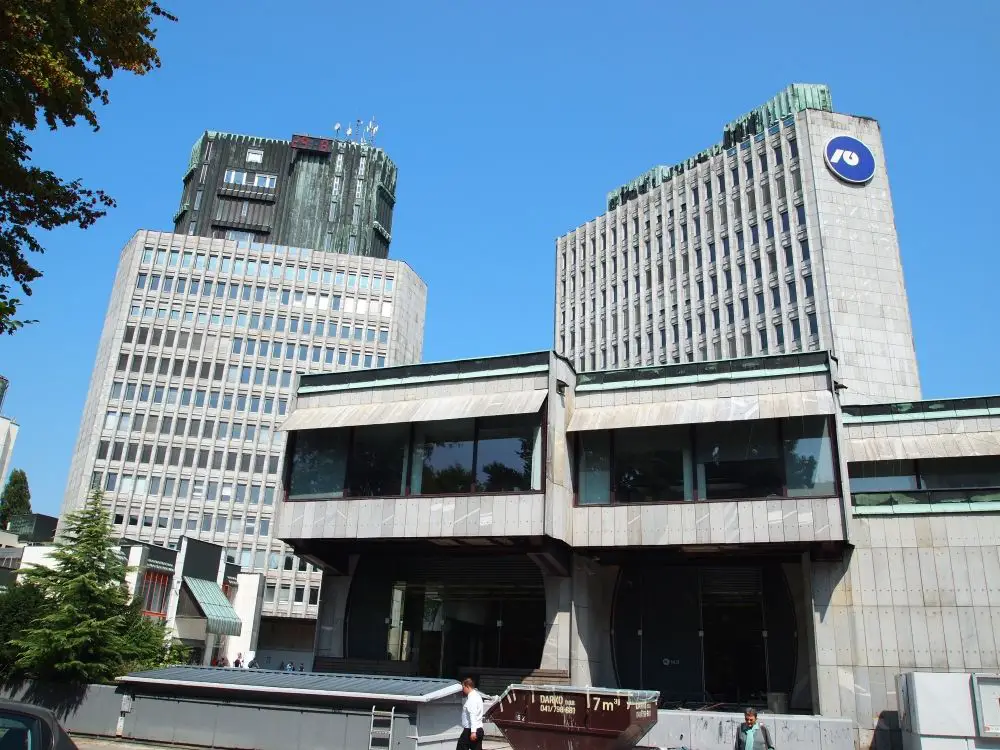
TR3 on the left, NLB on the right
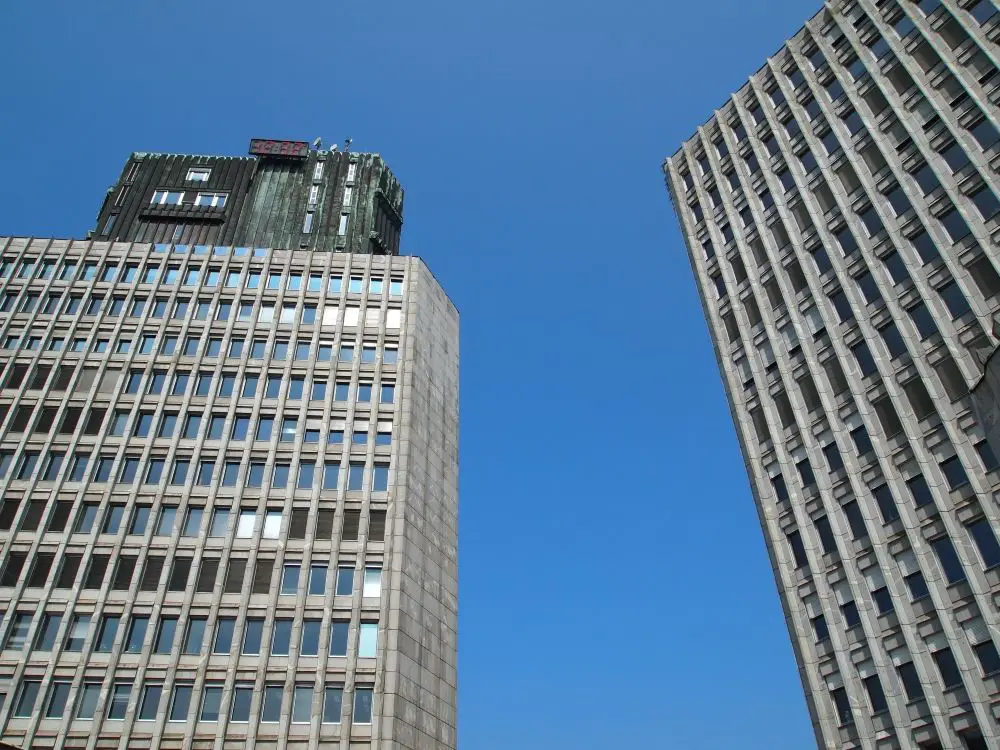
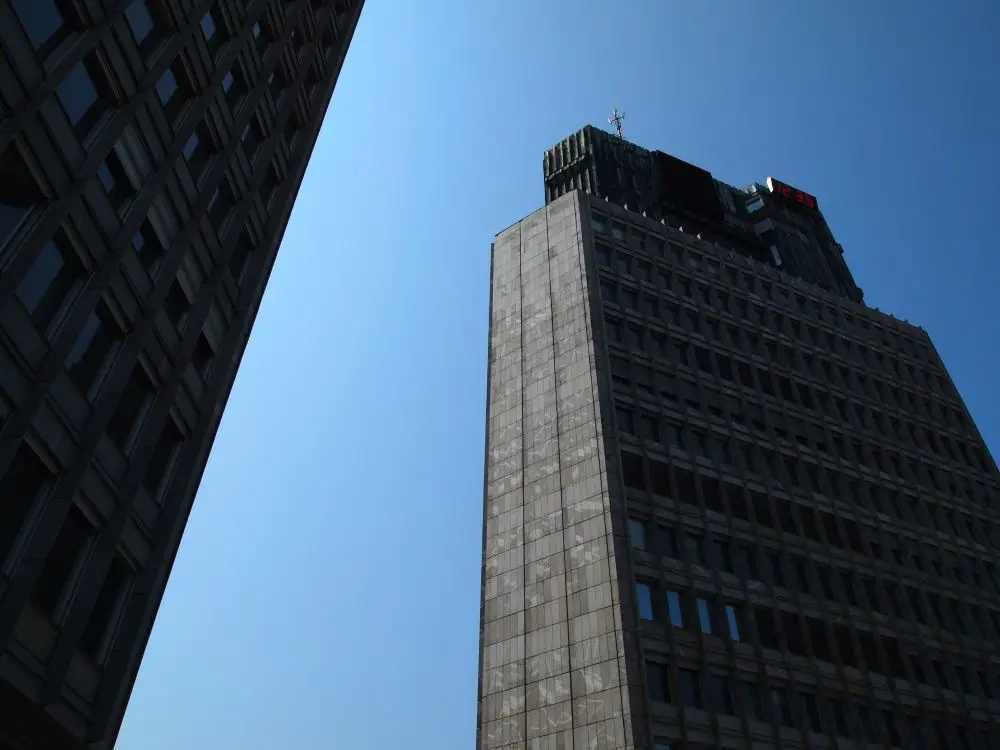
The square itself was designed by Edvard Ravnikar (1907–1993), who turns up a lot as “a student of Plečnik”, but that’s to sell the man and his achievements short. Sure, he’s not as well marketed, nor responsible for more of the most photographed sites, but here we should remember that even the great Jože went through a period of neglect in the 1960s and 70s before his eventual rediscovery and celebration. Moreover, the old man was not Ravnikar’s only teacher, as the younger architect also studied in Paris, under Le Corbusier, with that influence more evident – to these eyes, at least – in Republic Square. Here Ravnikar designed the square itself, both towers and the Maximarket (all finished in 1971), as well as Canker Hall (1981), while Parliament was the work of Vinko Glanz (1959).
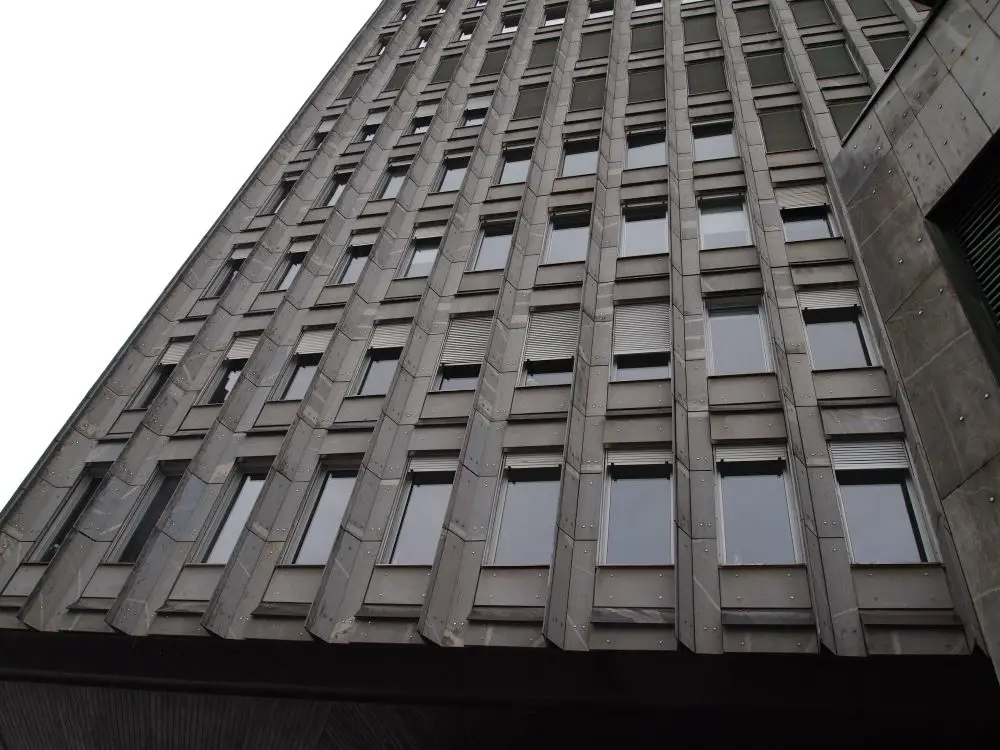
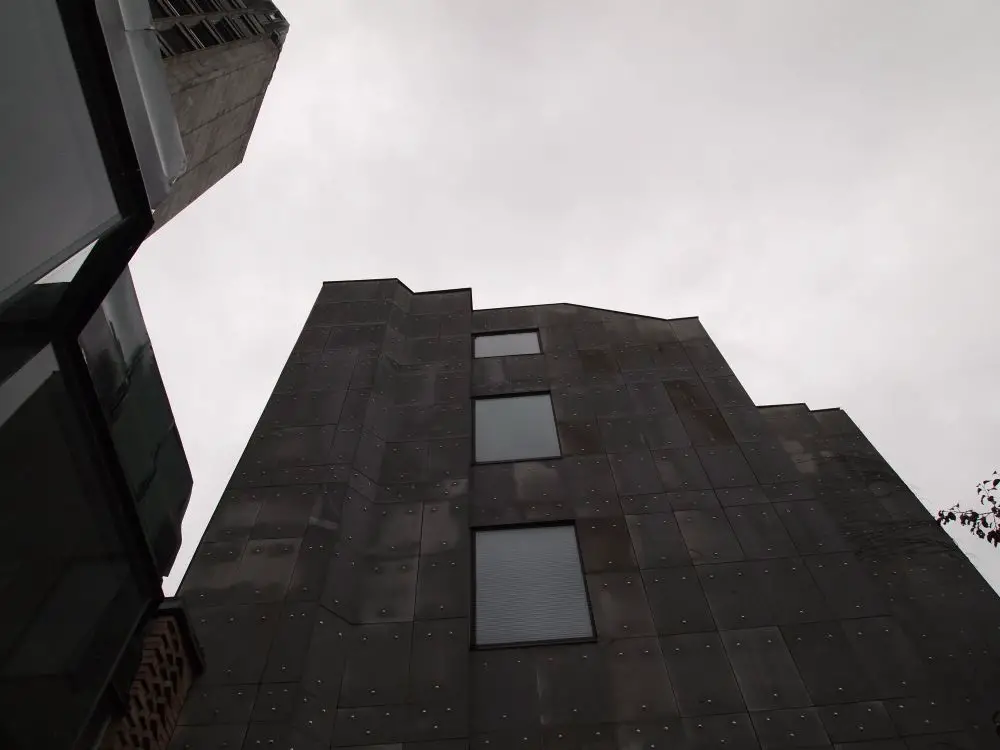
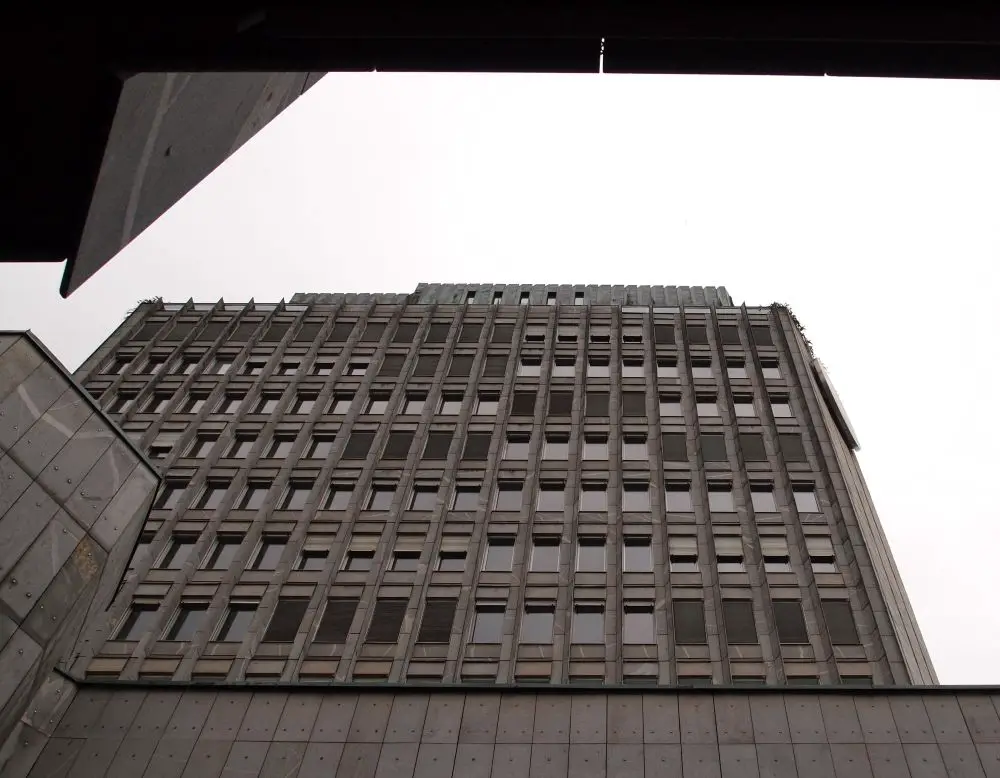
Inspired by the pictures from the MoMA show I recently took the opportunity on an overcast and rainy day, and later on a sunny one, to walk around the square and examine it from all angles, and came away more impressed than expected. It’s not yet immediately loveable, although that might come with time, but has much the same solid and austere grandeur as Ljubljana Castle, and then, looking closer, much the same jumble of surfaces and aspects that draw you in, perhaps telling stories about the spaces behind the walls, or just there for aesthetic effect.
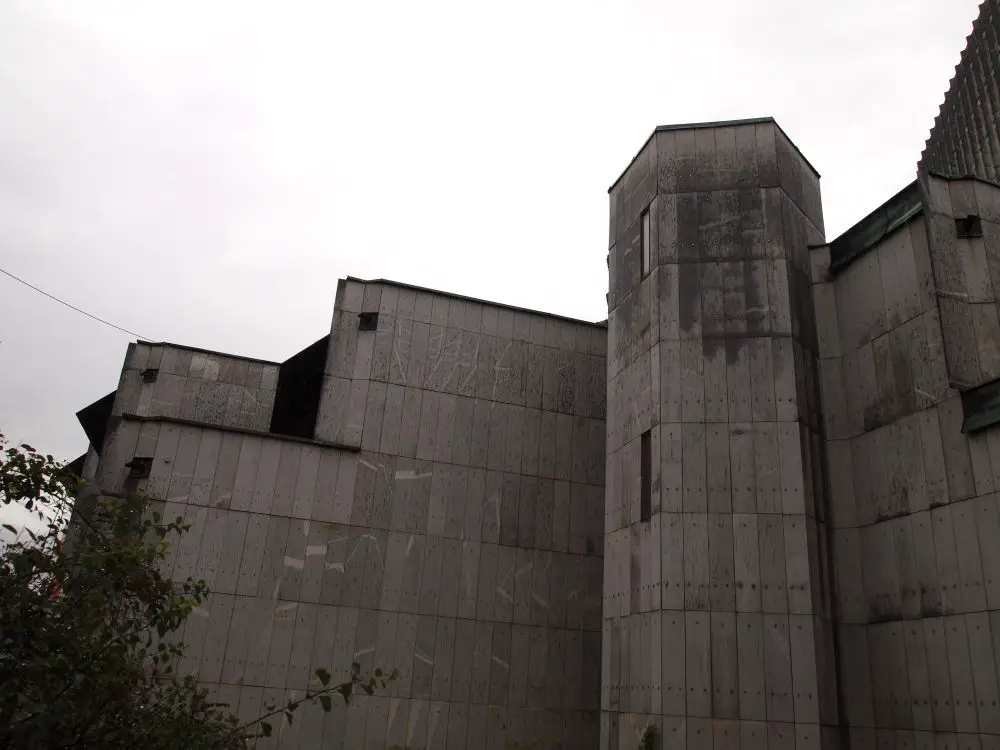
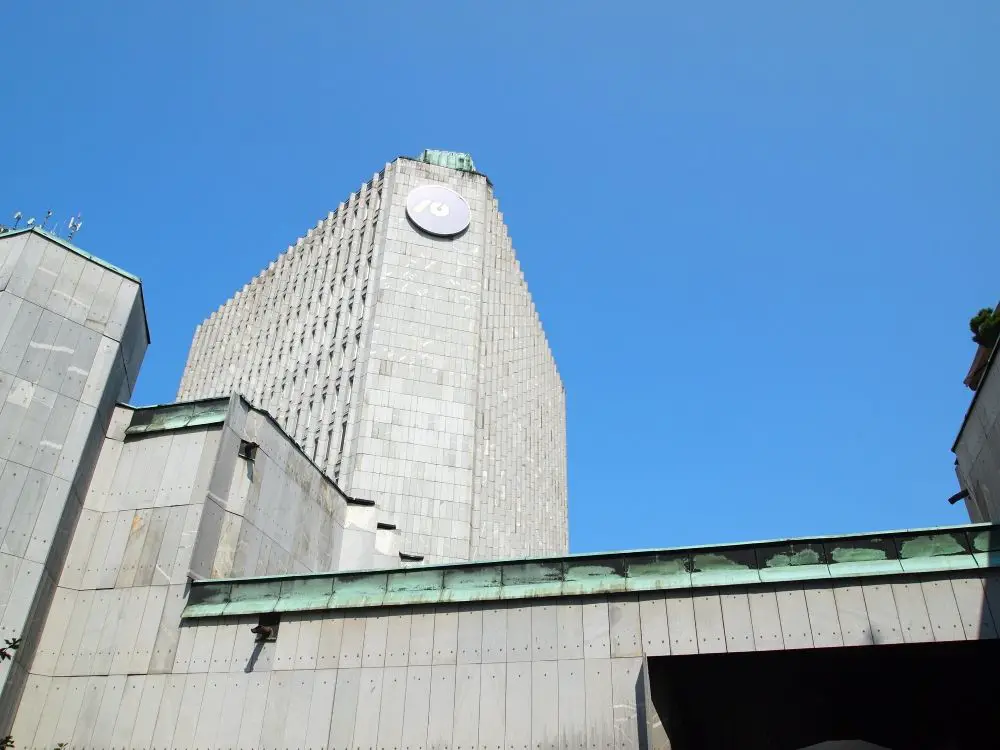
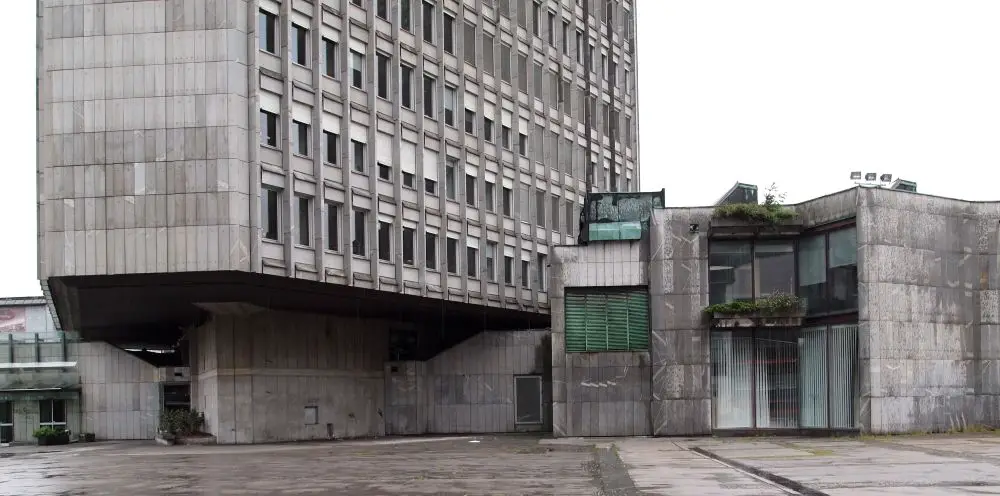
Go in close and you’ll see there actually very little raw concrete – the brut meaning “raw” in French that gave brutalism its name. Instead, most of the buildings’ surfaces are covered in stone cladding, usually grey but creamy white on Cankar Hall, which is further distinguished by the use of bright orange paint on metal elements, rather than the usual burgundy. There’s also the use of copper for the tops of both towers, as well as some details and porticos, and a lot of playful elements that don’t seem strictly functional at all.
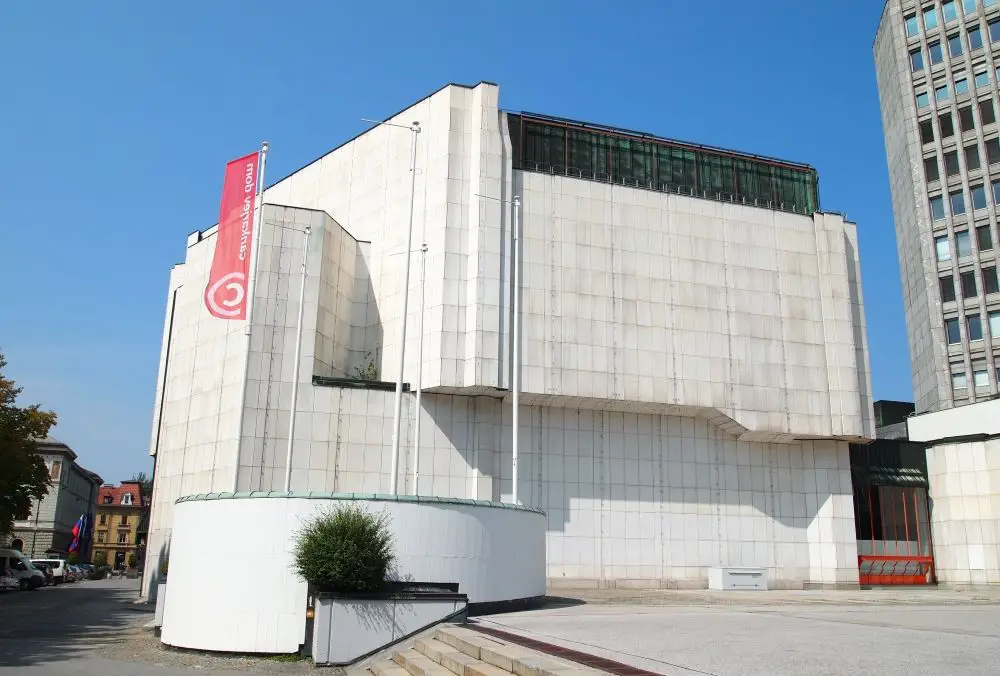
Canker Hall is a different colour
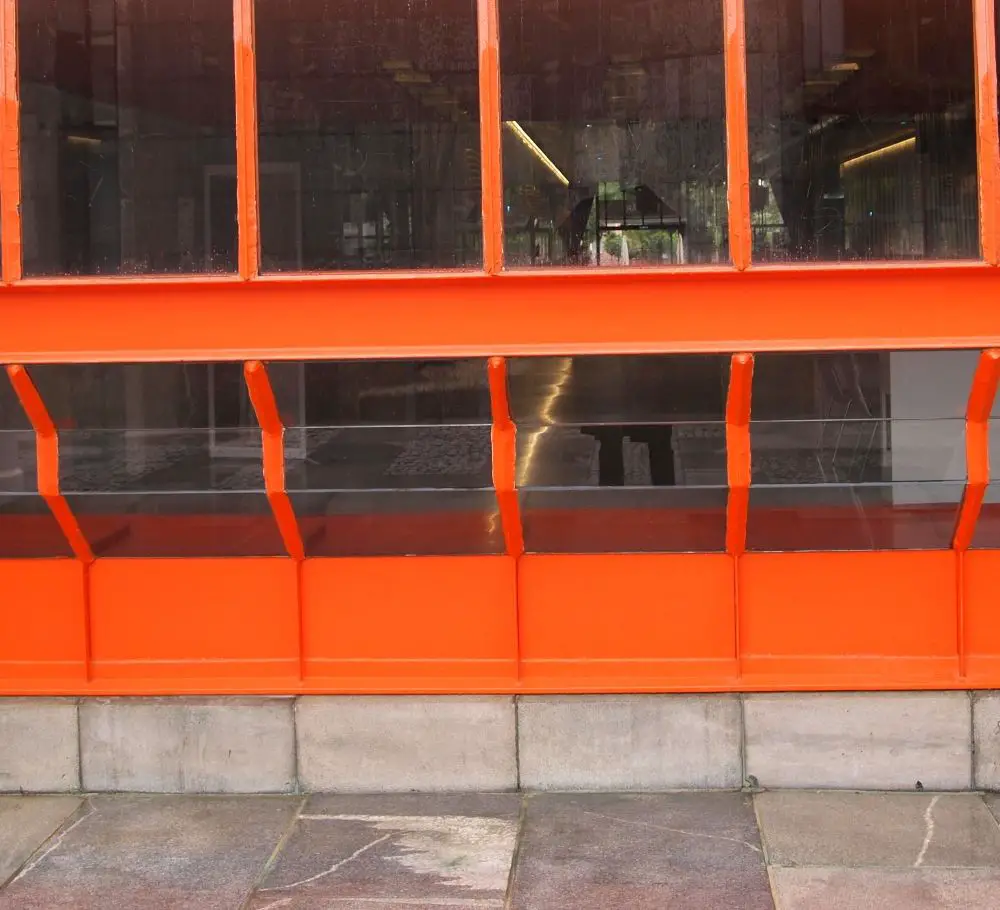
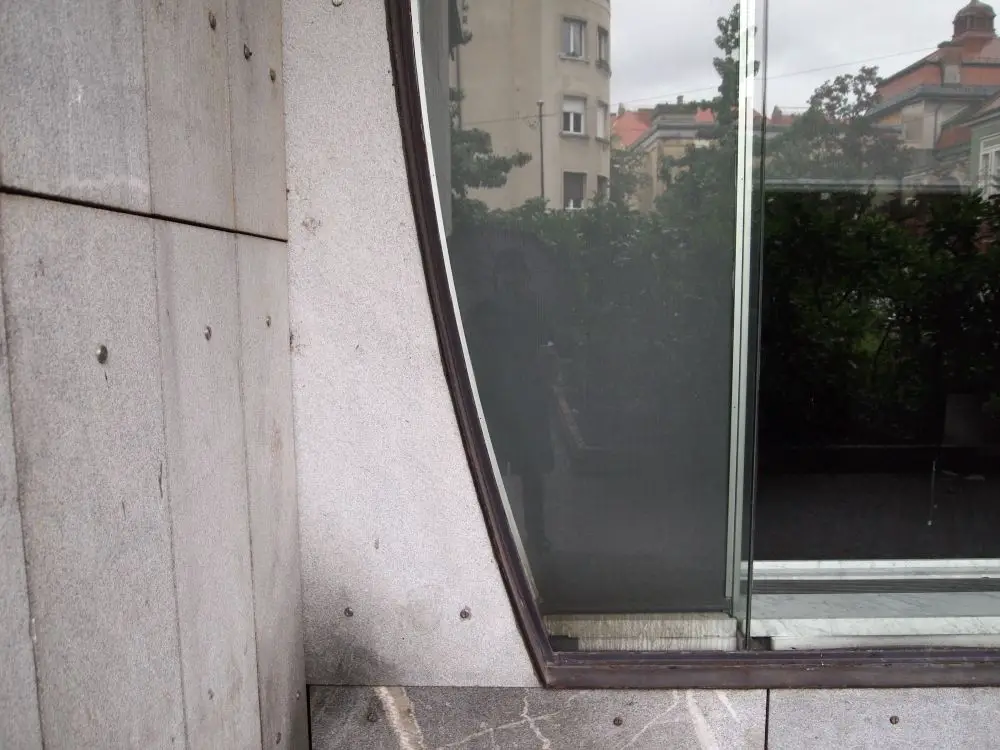
A window on the NLB Tower
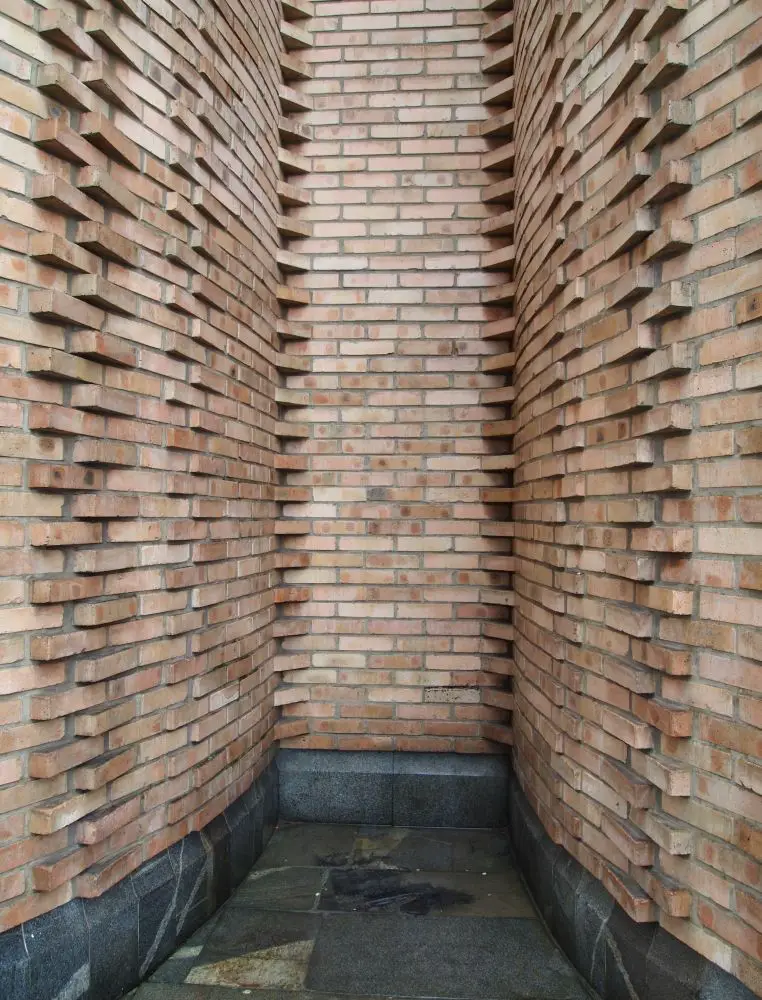
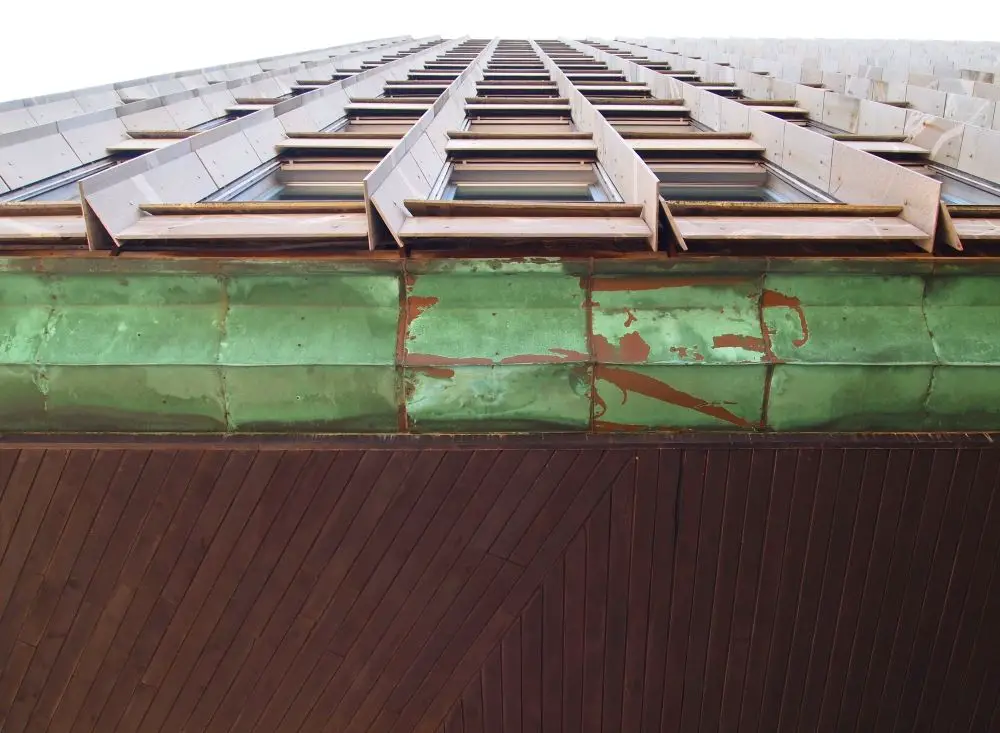
The copper from the roof also appears in other places
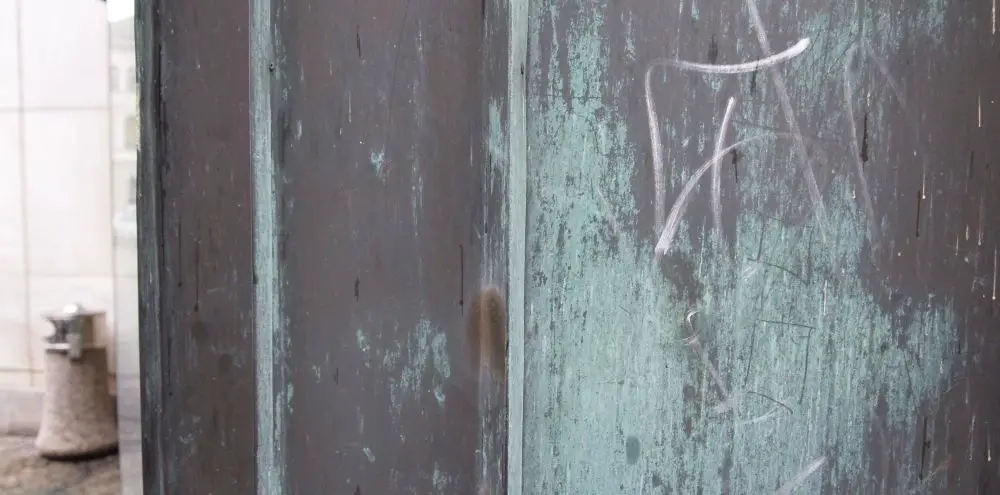
While it doesn’t yet attract the same amount of tourists as many older, more respectable sites, if you’ve got the time then the square is worth exploring for its various architectural, cultural and commercial features. Along one side is the long Maximarket department store, built 1971, with an excellent Mercator in the basement. Ravnikar kept this building low enough that you can still see the Castle on the hill, as well as the tower of the Ursuline Church (the establishment that once owned the land here).
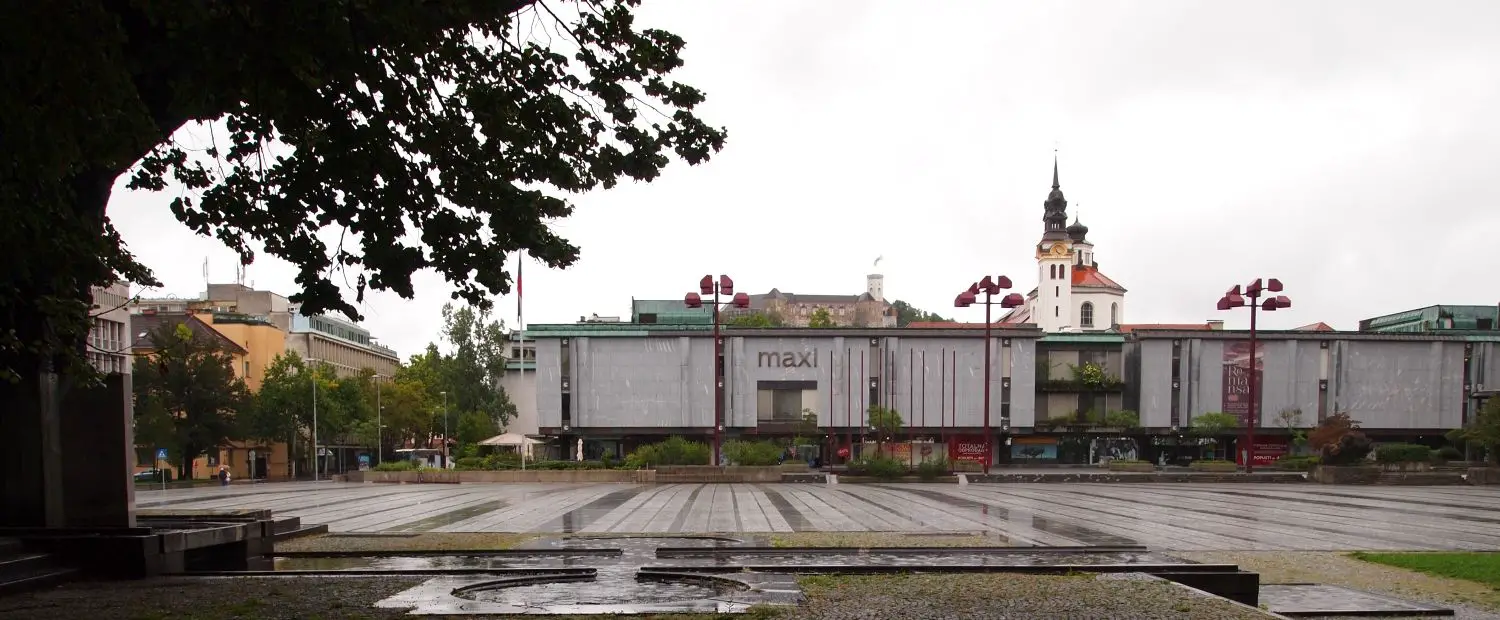
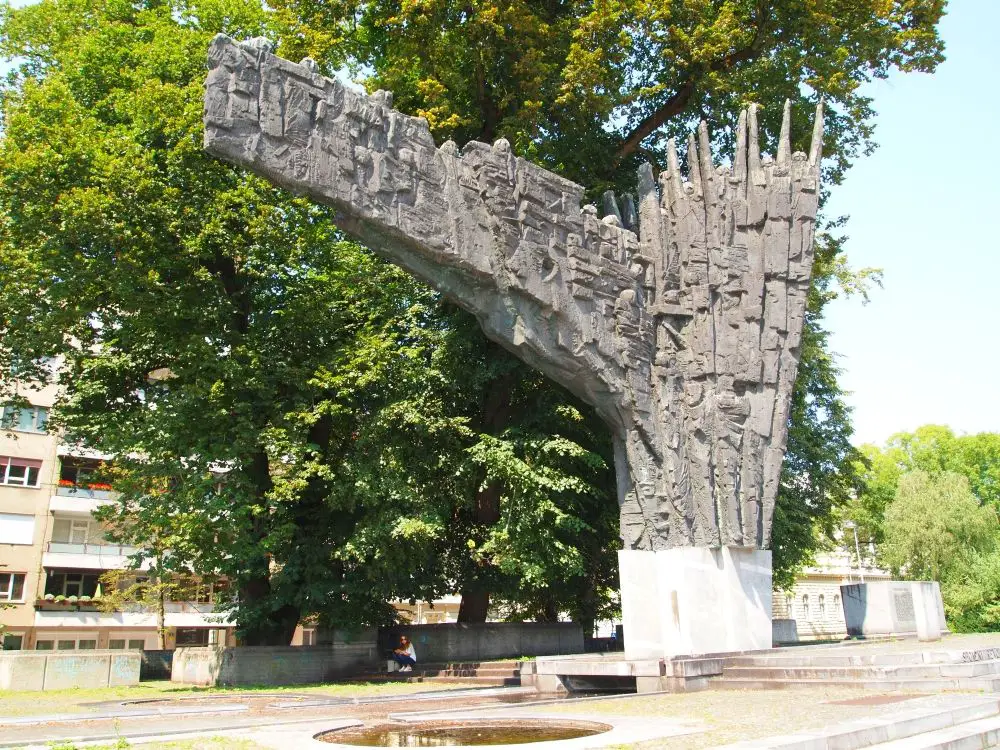
The Monument of the Revolution, by Draga Tršar
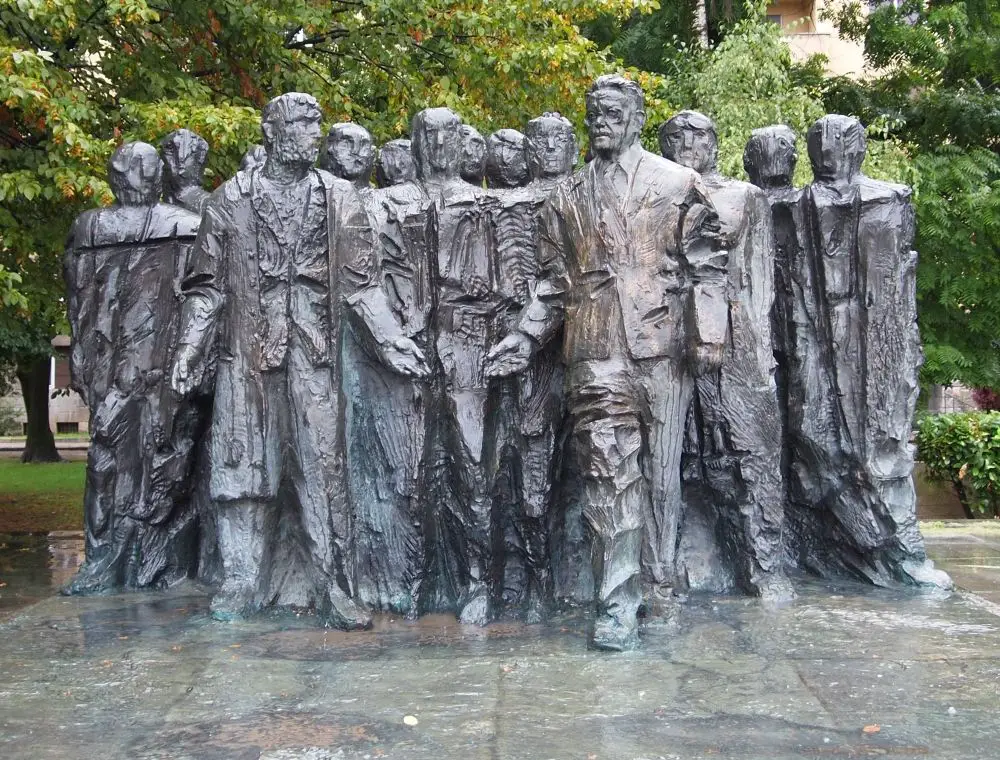
Monument of Edvar Kardelj, also by Draga Tršar
Details of the Monument of Edvar Kardelj, also by Draga Tršar
Indeed, one of the striking features of the complex, among many, is how well it seems to be integrated into the city, and from almost anywhere downtown you can see the time and temperature on TRG 3, although both towers remain shorter than Slovenska’s Nebotičnik.
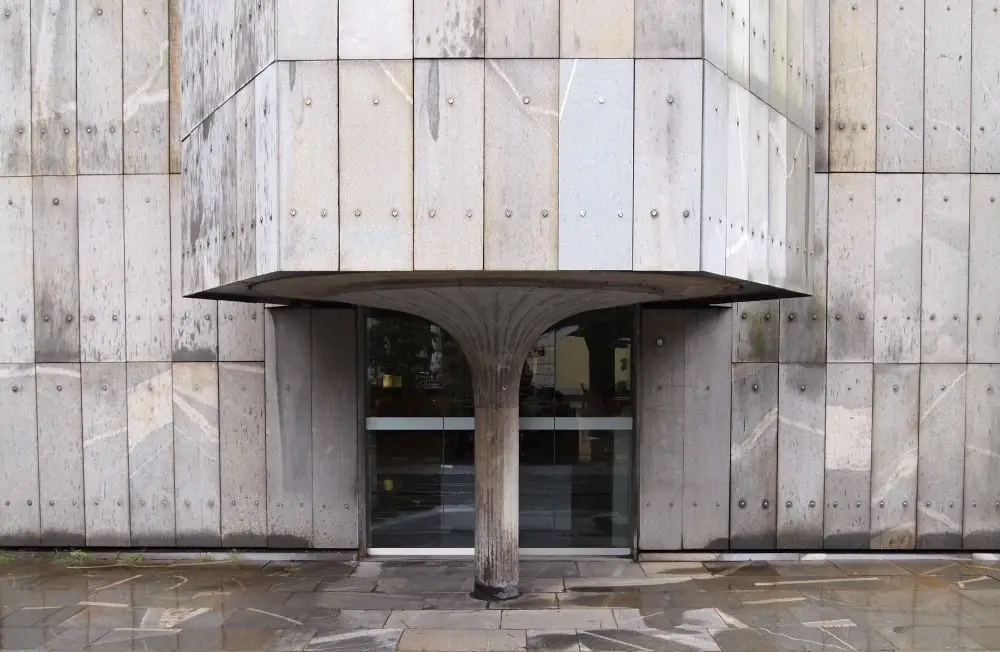
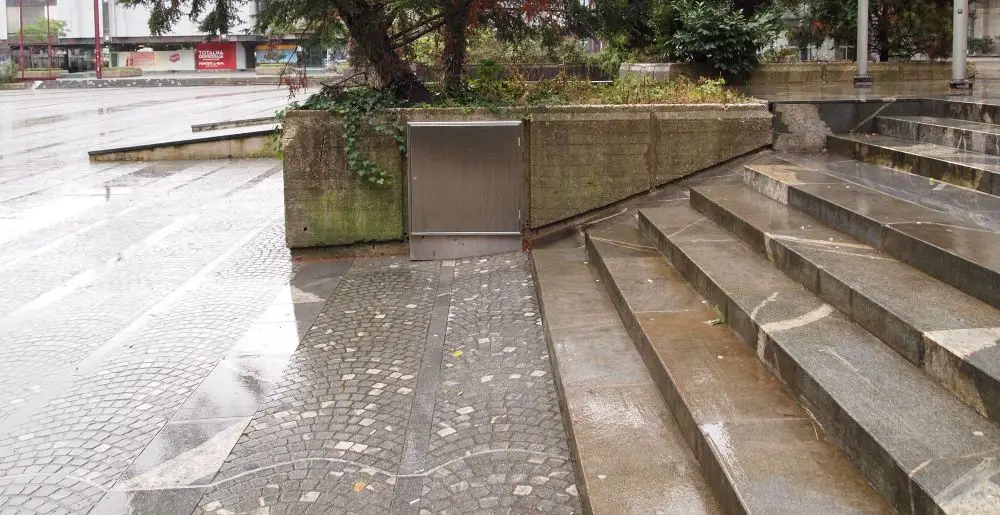
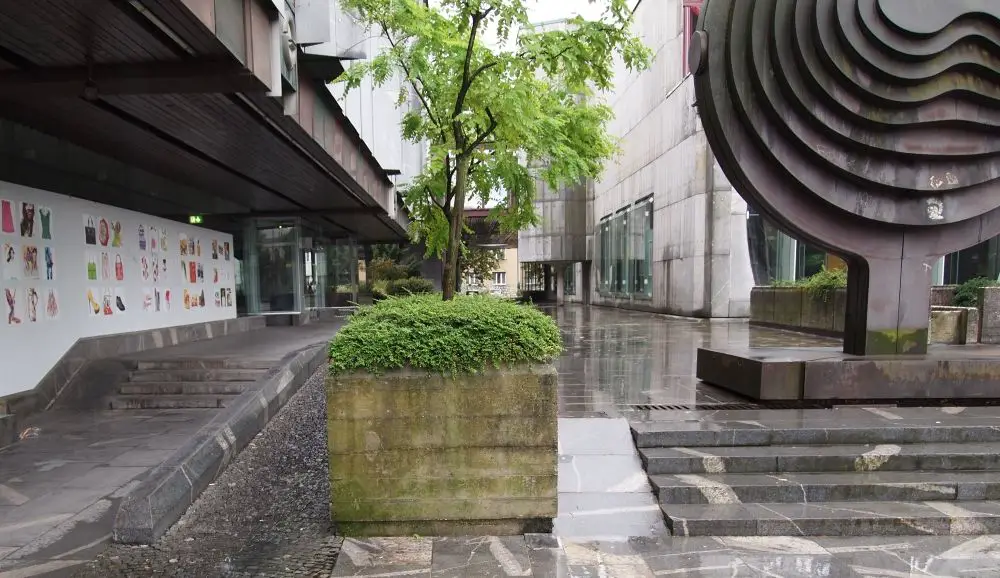
The variety of stairs, ramps and platforms that the space offers mean that it’s been colonised by skaters as a place to practice and show off tricks, while the various corners and rain-shielding overhangs mean that it also attracts folk who like to party outside, as marked by small collections of cheap liquor and soda bottles, along with cigarette butts, that you’ll sometimes come across before the cleaning staff move in.
A real urban space, then, with something for everyone, and certainly closer than MoMA.
